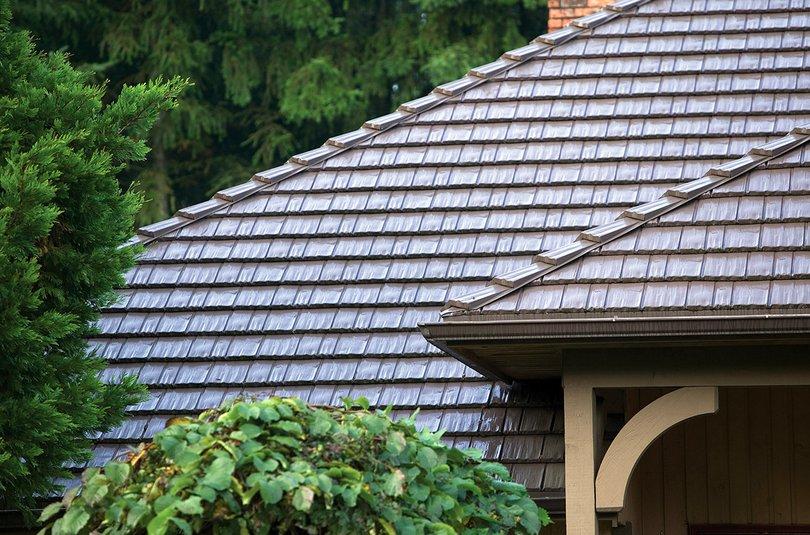Metal roofs are gaining popularity in the construction industry for their durability and longevity. Homeowners and builders alike are increasingly opting for metal roofing due to its numerous benefits, but a common question that arises is: how long do metal roof last? Understanding the lifespan of metal roofs is crucial for making informed decisions about roofing materials.

Introduction to Metal Roofs
Metal roofs have become a preferred choice in both residential and commercial sectors, thanks to their exceptional durability and low maintenance requirements. They are made from materials such as steel, aluminum, copper, and zinc, each offering unique advantages in terms of longevity and aesthetic appeal.
Factors Influencing the Lifespan of Metal Roofs
Several factors play a significant role in determining how long do metal roofs last. These include:
- Material Type: Different metals have varying durability and corrosion resistance.
- Installation Quality: Proper installation by certified professionals ensures longevity.
- Climate and Weather Conditions: Harsh weather can impact the lifespan of metal roofs.
- Maintenance: Regular maintenance can extend the life of a metal roof significantly.
- Environmental Factors: Pollution levels and nearby industrial activities can affect metal roofs.
Understanding Metal Roof Lifespan
The average lifespan of metal roofs typically ranges between 40 to 70 years, depending on the above factors. Steel roofs, for instance, can last 40-60 years, while aluminum roofs can exceed 70 years with proper care. Copper roofs, known for their beauty, can last well over 100 years due to their natural patina that forms over time.
How Long Do Metal Roofs Last: Detailed Analysis
Metal roofs are renowned for their longevity. The question “how long do metal roofs last” often leads to a deeper analysis of their components, installation processes, and maintenance needs. Understanding these aspects can help homeowners and builders make informed decisions.
Components of Metal Roofs
- Panels and Sheets: The primary components of metal roofs are the panels or sheets made from various metals.
- Fasteners: These include screws or nails used to secure the metal panels to the roof structure.
- Sealants and Coatings: These are applied to enhance durability and weather resistance.
Installation Process
The lifespan of a metal roof heavily depends on the quality of its installation. Improper installation can lead to premature damage and reduced lifespan. It’s crucial to hire experienced professionals who follow manufacturer guidelines and local building codes.
Environmental Impact
Metal roofs are eco-friendly options due to their recyclability and energy efficiency. They often contain recycled material and can be recycled at the end of their lifespan. This sustainability aspect adds value to their long-term appeal.
Maintenance Tips for Extending Lifespan
Regular maintenance is key to maximizing the lifespan of metal roofs. Here are some essential maintenance tips:
- Inspections: Regularly inspect the roof for damage or signs of wear.
- Cleaning: Remove debris and clean gutters to prevent water buildup.
- Repairs: Promptly repair any loose panels or damaged coatings.
- Coating Renewal: Reapply protective coatings as recommended by the manufacturer.
Read too: Is It Reasonable to Ask the Seller to Replace the Roof?
Conclusion
In conclusion, the question “how long do metal roof last” underscores the importance of durability and longevity in roofing choices. Metal roofs offer a robust solution with lifespans that can exceed conventional roofing materials when properly installed and maintained. Understanding the factors influencing their lifespan empowers homeowners and builders to make sustainable and cost-effective decisions for their properties.



Leave a Reply